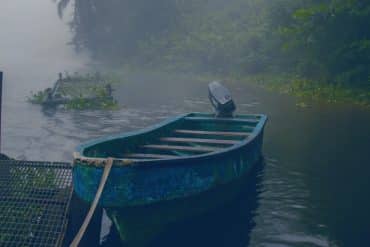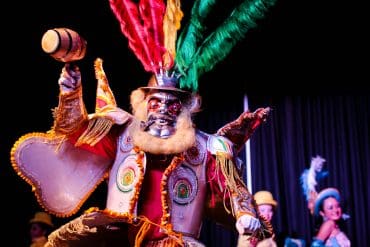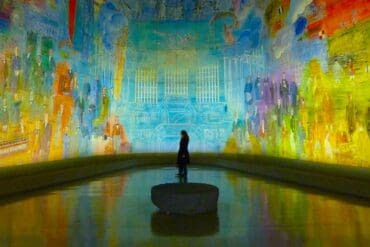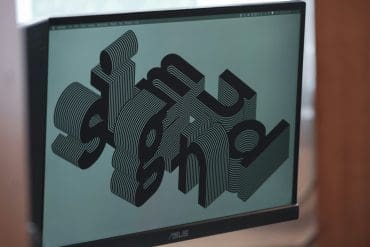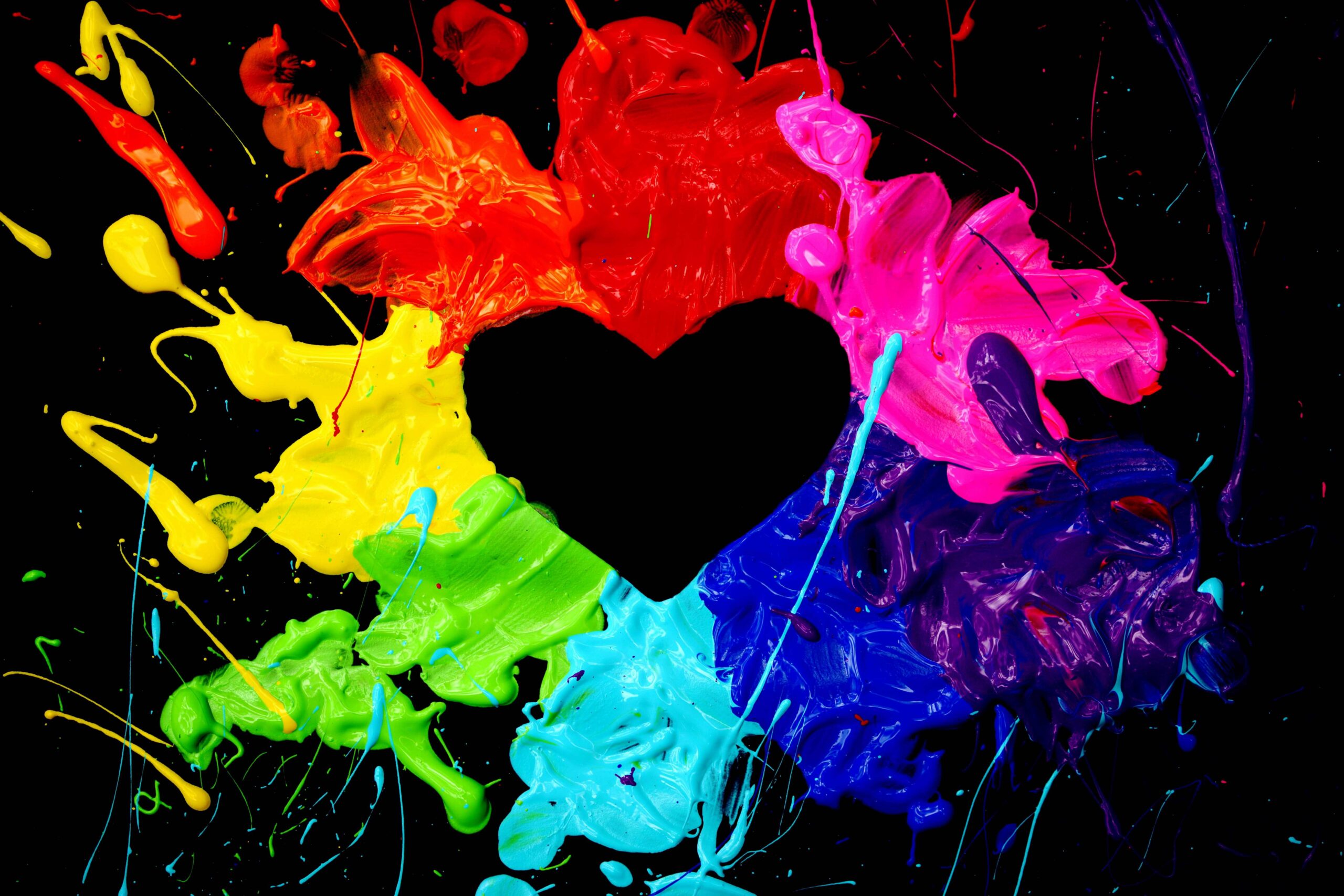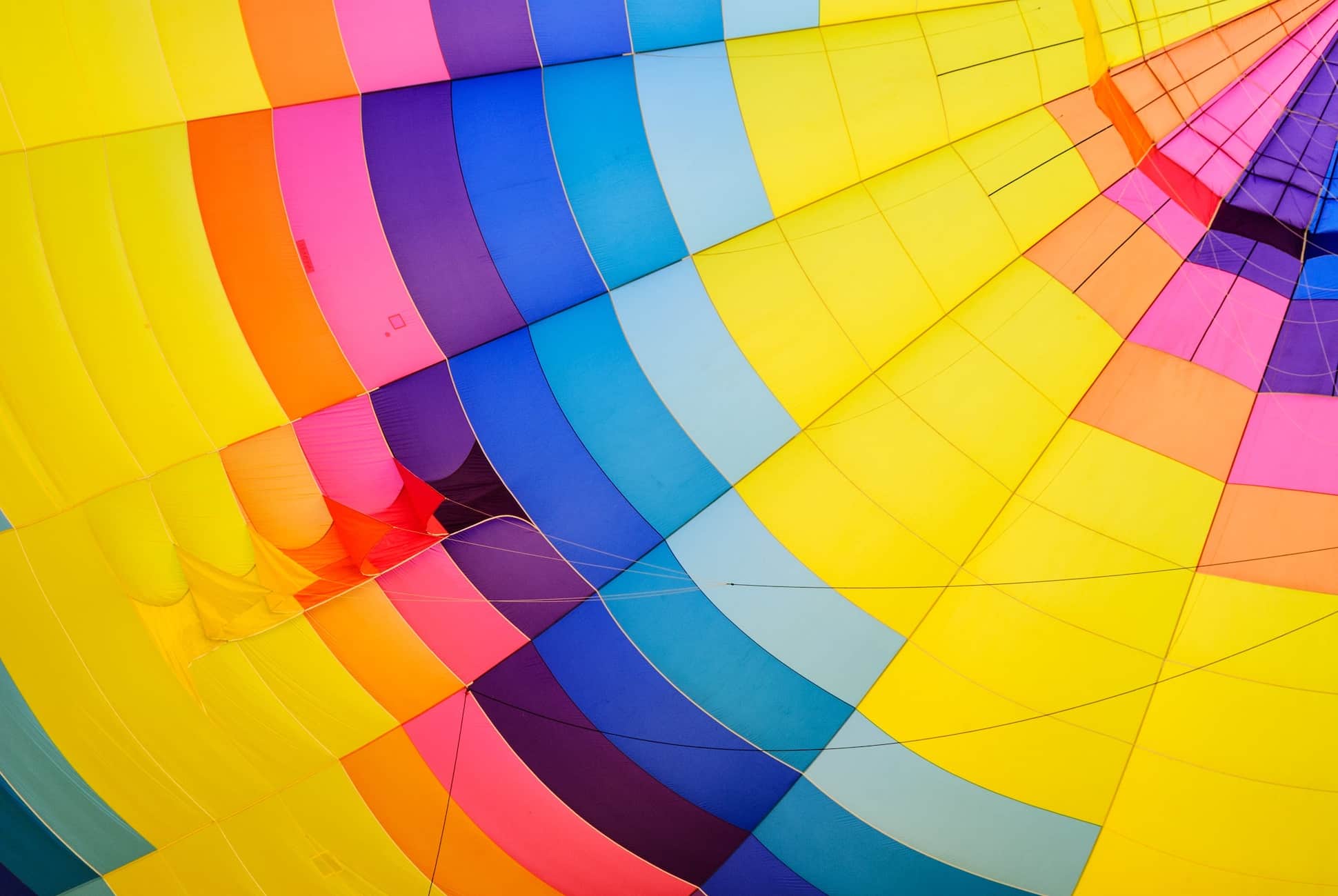Technicolor Third Space: Why Did We Develop the AutoEthnographer?
In this brief, animated autoethnography, I utilize the concept of a sociocultural third space as explored by theorists Bhabha, Packer, hooks, and Oldenburg to consider why evocative autoethnography can benefit from its own literary and arts journal. I also utilize this presentation as an opportunity for reflective practice, considering my various identities as a magazine-reader, writer, editor, and autoethnographer in order to examine my rationale for development of the journal, and to explore how the numerous cultures in which I participate – online education, digital publishing, and the creative arts – have conspired to support my technicolor vision for a digital celebration of autoethnography.
Presented at the 2022 International Symposium on Autoethnography and Narrative, January 3-5, 2022, https://IAANI.org.
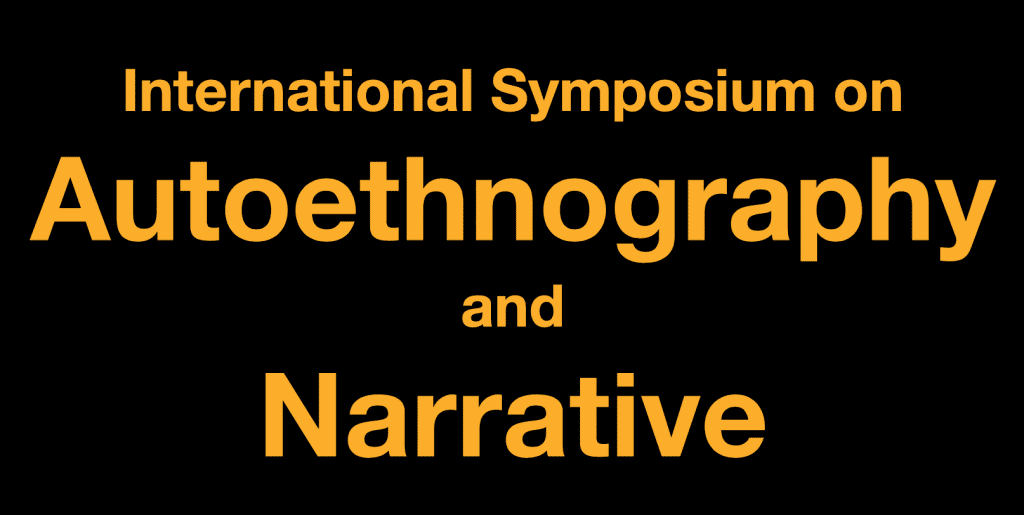
Transcript
Welcome to “Technicolor third space: Developing The AutoEthnographer literary and arts magazine.” Hi, I’m Marlen Harrison. I want to tell you why I created a literary and arts magazine for autoethnographers. I’m a longtime fan of print and digital magazines; I’ve been working in academia and digital publishing for over 20 years, and I’ve previously worked as a magazine columnist and editor. At heart, I’m a creative type who loves literature and the arts.
In my English PhD program, I was introduced to autoethnography as a way of exploring cultural phenomena via the lens of lived experience. I used both autoethnography and third space theory to investigate language and sexuality in my dissertation. I theorized communities of practice as symbolic third spaces where queer Japanese could use English to construct or reveal sexual selves.
Third Space
Third space or third place has several definitions and applications. Ray Oldenburg writes, “Third places are where people spend time between home first place and work second place locations where we exchange ideas have a good time and build relationships” (in Butler & Diaz, 2016).
Randall Packer (2014) explains, “The third space represents the fusion of the physical first space and the remote second space into a third space that can be inhabited by remote users simultaneously and asynchronously.”
Zhou and Pilcher (2019) draw our central focus “beyond the entities that interlocutors are conceivably locked into towards a new site opened up between interlocutors.” They continue, “Such spaces are imagined to be a site of liberation, where interlocutors are freed from prior cultural roots and openly negotiate and reconcile issues emanating from differences between neutrally juxtaposed cultures” (p. 1).
Roy (2017) summarizes Bhabha’s idea of third space as “a metaphorical space in which two or more disparate social or cultural paradigms interact to form new or hybrid ways of thinking or being” (p. 3).
And bell hooks (1989) reflects on such marginal spaces as “offering the possibility of a radical perspective from which to see and create, to imagine alternatives, new worlds.” She continues, “We are transformed individually and collectively as we make radical creative space which affirms and sustains our subjectivity, which gives us a new location from which to articulate our sense of the world” (p. 24).
Contributing to the World of Fine Arts
Recently I went back to school to pursue my MFA in creative writing. As I entered the literary world I considered what can I contribute in addition to my writing? Looking around the world of autoethnography I saw the Journal of Autoethnography, conferences like ISAN by IAANI , creative and scholarly workshops, book projects, and even vibrant social media groups. But I kept thinking back to my unpublished creative autoethnography students who felt their work wasn’t quite right for academic journals. I considered the intersectionality of my editorial experiences, my interest in literary and expressive arts, and my inclination towards cultural inquiry using self-reflection. And I wondered, “What if autoethnography were treated not as an academic subject but as an artistic one?” How would presenting the process and product of cultural research as literary and artistic impact the emotional and cognitive experience of sharing one’s work?
Technicolor emphasizes the move from black and white, academic, text based to more creative and multimodal expressions. Third space refers to the social space or opportunity created by a digital magazine framed as literary/artistic and the opportunities it provides for method, product, and practitioner.
About the Magazine
What will readers find at The Autoethnographer? The magazine is literary and invites fiction and nonfiction essays poetry and other expressive texts. The AutoEthnographer is creative and invites multimodal, music, dance, photography, and other expressive arts. Check out our submissions page: https://theautoethnographer.com/submissions.
In addition to general submissions throughout 2022 we invite submissions that address our special annual theme climate change: https://theautoethnographer.com/call-for-submissions-2022-special-issue-climate-change/.
Who are we? Meet our international team; we hail from across 3 continents: https://theautoethnographer.com/masthead/.
Want to work with us? We’re looking for volunteers to join our editorial board, especially folks who can assist us with our social media presence, and those interested in developing creative media such as podcasts: https://theautoethnographer.com/volunteer/
References
Butler, S.M., & Diaz, C. (2016). “Third places” as community builder. Brookings.edu,
https://www.brookings.edu/blog/up-front/2016/09/14/third-places-as-community-builders/
hooks, b. (1989). Choosing the margin as a space of radical openness. Framework: The Journal
of Cinema and Media, 36(1989), 15-23.
Packer, R. (2014). The third space. RandallPacker.com, https://randallpacker.com/third-space
Roy, B.K. (2017). Cultural identity and third space: An exploration of their connection in a Title
I school [Dissertation]. Arizona State University.
Zhou, V.X., & Pilcher, N. (2019). Revisiting the ‘third space’ in language and intercultural
studies. Language and Intercultural Communication, 19(1), 1-8.
Credits
Featured image by Pexels for Pixabay
Learn More
New to autoethnography? Visit What Is Autoethnography? How Can I Learn More? to learn about autoethnographic writing and expressive arts. Interested in contributing? Then, view our editorial board’s What Do Editors Look for When Reviewing Evocative Autoethnographic Work?. Accordingly, check out our Submissions page. View Our Team in order to learn about our editorial board. Please see our Work with Us page to learn about volunteering at The AutoEthnographer. Visit Scholarships to learn about our annual student scholarship competition.


